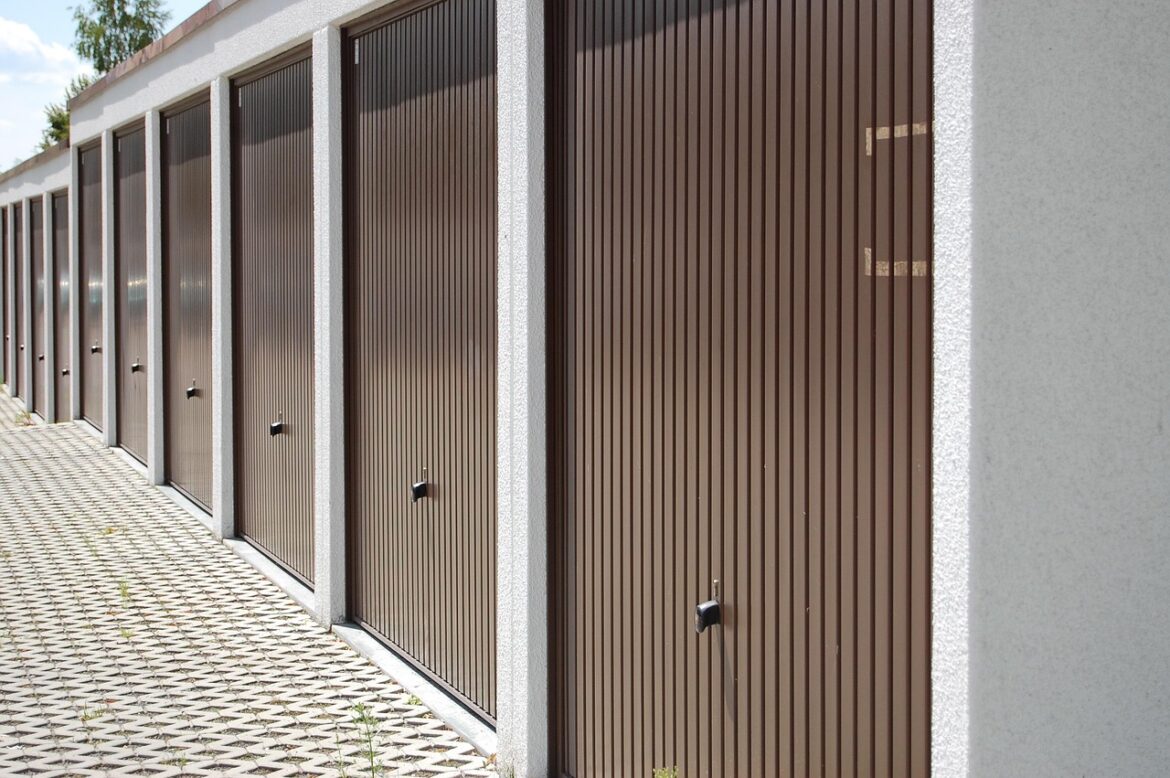Imagine a world where your favorite painting gets lost in the mail, or a gallery’s digital art collection goes AWOL thanks to a cyberattack. In today’s art markets, supply chain news isn’t just for warehouses and delivery trucks – it’s about every step from an artist’s studio to your living room. Let’s break down five real-world art supply chain stories that are making headlines, and why every creative business and savvy collector should be paying attention.
A single brushstroke isn’t all that separates a masterpiece from chaos; the path that artwork takes – from creation to showing, shipping, and selling – is just as important. That path is called the “supply chain,” and in 2025, it’s full of surprises, curveballs, and breakthroughs. Here are the stories you need to know.
1. Warehouse Robots Meet Art Supplies
When you think of robots, you might picture car factories or Amazon warehouses. But in 2025, more and more art supply distributors are welcoming robots to their teams. These machines aren’t painting masterpieces, but they’re speeding up the process: picking, packing, and shipping art supplies so fast, even Picasso would be impressed. Today, only a quarter of warehouses handling art materials use any automation. Expect that to change as galleries, online sellers, and even art schools demand faster, more reliable delivery. Robots, digital twins (virtual copies of real-world objects), and smart sensors are teaming up to get brushes, canvases, and supplies where they need to go, while freeing up humans to focus on creative work.
2. Cyberattacks Hit the Art World
Last year, major supply chain attacks sent shivers through the art and collectibles ecosystem. The average cost of a data breach? Nearly $5 million. For art galleries and auction houses, this isn’t just a tech headache; it’s a real threat to sensitive info like contracts, pricing, and even the location of priceless works. Remember the CrowdStrike and XZ backdoor scandals? They proved that even the most careful organizations aren’t safe. To stay ahead, big names in art distribution are now investing in AI-driven cybersecurity tools that sniff out threats before they strike. Whether it’s protecting digital art files or securing shipping manifests, cybersecurity is now part of every curator’s job description.
3. Blockchain: The New Invoice for Art Shipping
Shipping a Banksy might not be as risky as moving gold bars, but it sure feels that way sometimes. In 2025, blockchain technology – the same ledger system behind cryptocurrency – is making waves in art logistics. Imagine being able to track every single movement of your art shipment, from the moment it leaves the studio to when it’s unwrapped at the gallery. Blockchain creates an unbreakable digital record, so if something goes missing, you know exactly where and when. This tech is quickly becoming a must-have for high-value art transactions, especially for collectors who want proof, not promises.
4. Tariffs, Reshoring, and the Art Supply Squeeze
Nobody likes paying extra for paint. But in 2025, tariffs and shifting global trade policies are making life complicated for artists and art dealers. Take Temu, the e-commerce giant famous for low prices and quick delivery. When tariffs kicked in, Temu had to overhaul its supply chain, and the result was slower deliveries and higher prices for customers. For the art world, this means that everything from canvas frames to specialized pigments could cost more or take longer to arrive. Some companies are starting to “reshore” – bringing production and sourcing back home – but that takes time and investment. In the meantime, artists are learning to plan ahead and stock up before prices rise.
5. De Minimis: The Invisible Trade War Hits Artists’ Doorsteps
If you’ve ever imported art supplies or artwork from overseas, you know that small shipments often slip through customs without extra charges. That’s thanks to the “de minimis” rule, a little-known policy that keeps prices down and delivery times fast. But in 2025, that rule is under fire. Some countries are tightening up, and every business that relies on global shipping – including artists, indie galleries, and art supply stores – is feeling the pinch. When de minimis goes away, even a small sketchbook could get stuck at the border, waiting for approval and racking up extra fees. This hidden trade war is pushing everyone to rethink how they buy, move, and price art supplies.
Wrapping Up: What’s Next?
The art world’s supply chain is more than just trucks and warehouses. It’s about speed, security, and strategy. In 2025, robots are speeding up deliveries, cyber threats are forcing everyone to up their security game, blockchain is offering peace of mind for shippers, and trade wars are shaking up prices and availability. Whether you’re a painter, a gallery owner, or just someone who loves beautiful things, these five stories show how supply chains are shaping the way art gets made, moved, and enjoyed. Stay ahead of the curve, and you won’t just protect your next masterpiece – you might just have the edge in a market that’s never been more exciting or unpredictable.
References:
- https://www.liferay.com/blog/category/5-supply-chain-trends-every-business-should-watch-in-2025
- https://www.scmr.com/archive/may-june-2025
- https://www.scmr.com/article/inventory-management-and-the-supply-chain-outlook-2025
- https://www.globalgrowthinsights.com/market-reports/art-supplies-market-114713
- https://theluxuryplaybook.com/how-to-invest-in-art/
- https://www.redx-irm.ch/temu-en
- https://www.supplychainbrief.com/edition/daily-sourcing-manufacturing-procurement-2025-06-03/
- https://cpb.org/sites/default/files/Public-%20FY%202026%20and%20FY%202028%20Justification%20to%20Labor,%20Health%20and%20Human%20Services,%20Education%20Related%20Agencies%20Subcommittee%20(1).pdf



